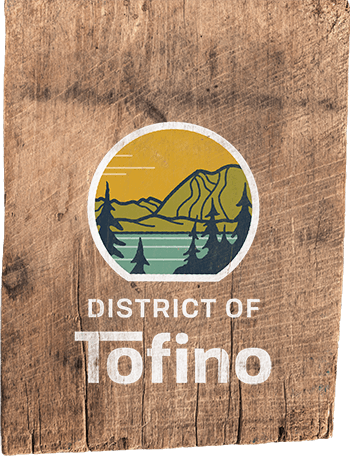Emergency Information Updates
Welcome to the District of Tofino's Emergency Information page. This page is dedicated to providing up-to-date information and critical updates during emergency situations. Here, you will find essential details, safety instructions, and resources to help you stay informed and prepared. Please check back regularly for the latest updates.
*Bookmark this page (on both your computer & phone) for fast and convenient access whenever you need it *
ADDITIONAL INFORMATION
Power Outages: BC Hydro Outages
Road Closures: Drive BC
Forecast: Environment Canada
PUBLIC WORKS CONTACT
Phone: 250-725-3229
If calling after hours, please contact the After Hours Emergency Line at 250-726-7837.
COMMUNICATION CHANNELS
In addition to this page, stay up-to-date by following the social media channels below.
Social Media: Facebook | Instagram
Newsletter: Sign Up
Alert Systems: Voyent Alert!
Share this post:

